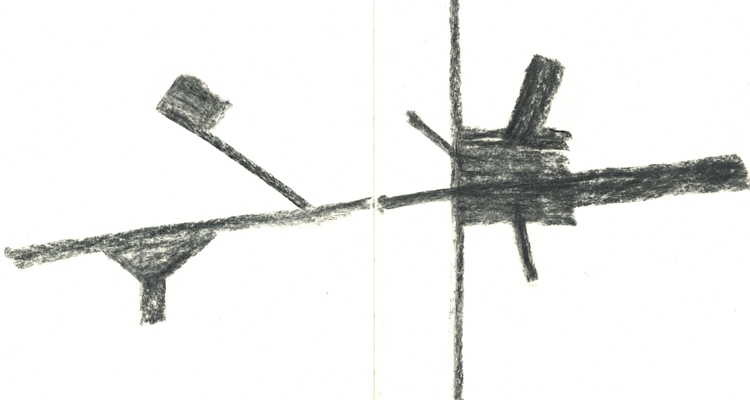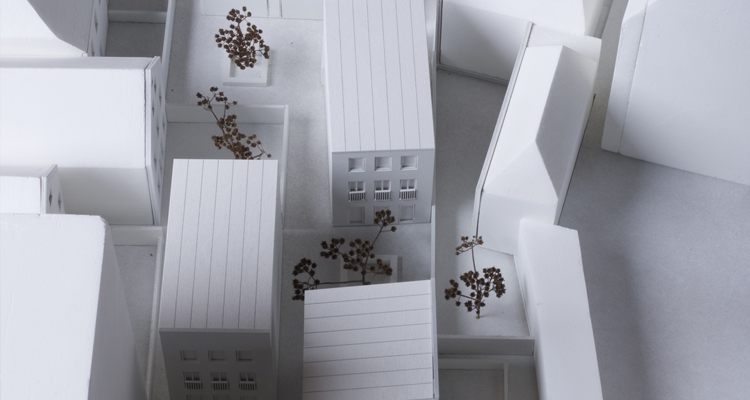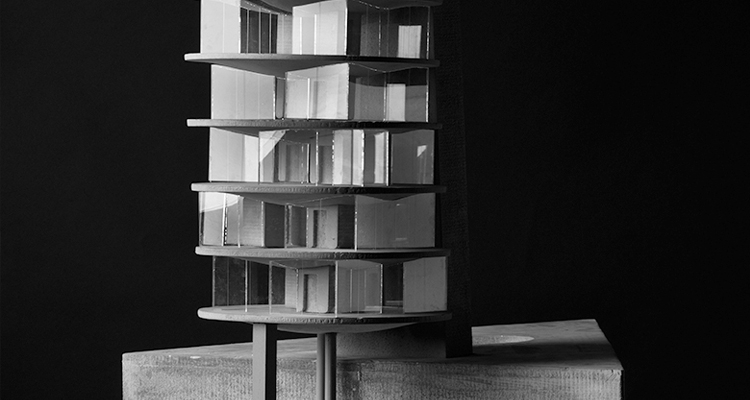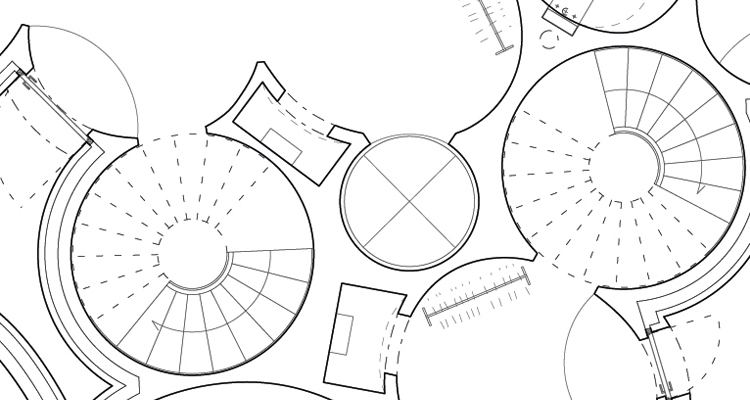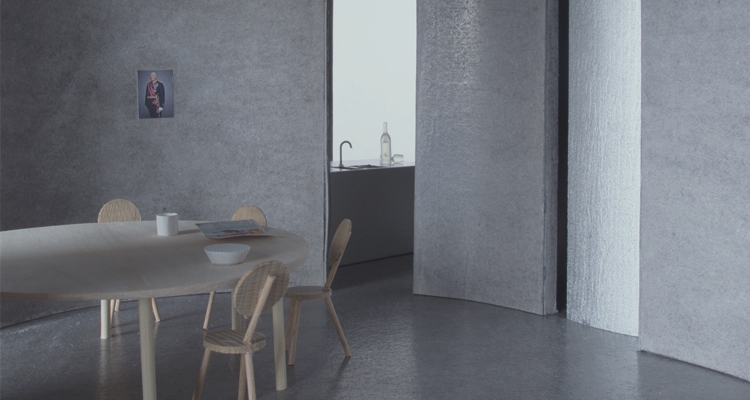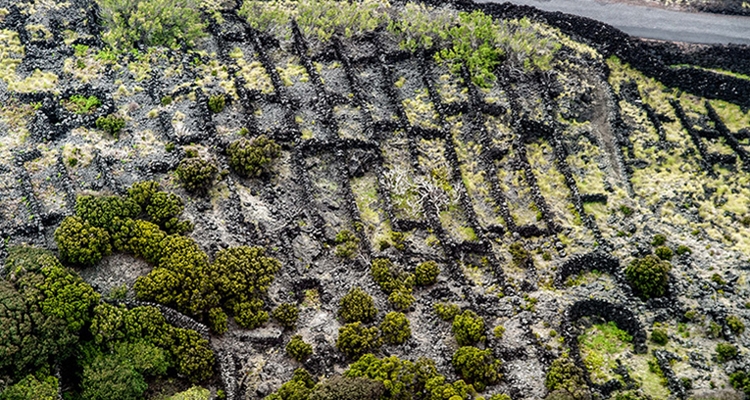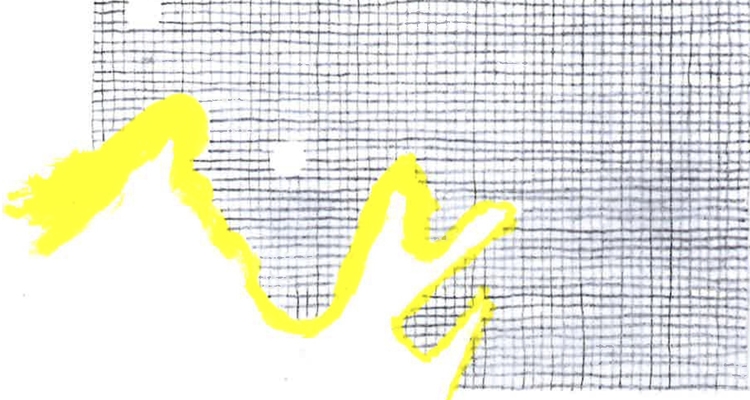Diplomprosjekt
As the child has the unique capacity to imagine and be curious, the distinction between object, house and nature is blurred. This inspires me to think what the architecture of the kindergarten can be, what it consists of, what are the architectonic elements and objects that make up this world that the child grows in and with.
Mio Oribe - mio.oribe@gmail.com - +47 92404346
An increased interest for year-round- and in particular ice bathing, demonstrates a potential to further extend the bathing season.
The program of the diploma project covers a small, public sea bath by the waterfront of Oslo. The building will be open year-round and facilitate the activities of sauna and ice bathing in the fjord.

Torunn Oland Stjern - Torunn.stjern@gmail.com - 41268036
it should be nowadays. That condition could cause the problem of the health, could spoil human pleasure mood, etc. They need to be improved.
The winery is built as parallel stone walls giving protection against the sun. Some spaces are underground to keep temperatures stable and stones from the excavation are used in the construction. The walls give shelter to the wine, the workers and the visitors, and weaves the building into the landscape.










